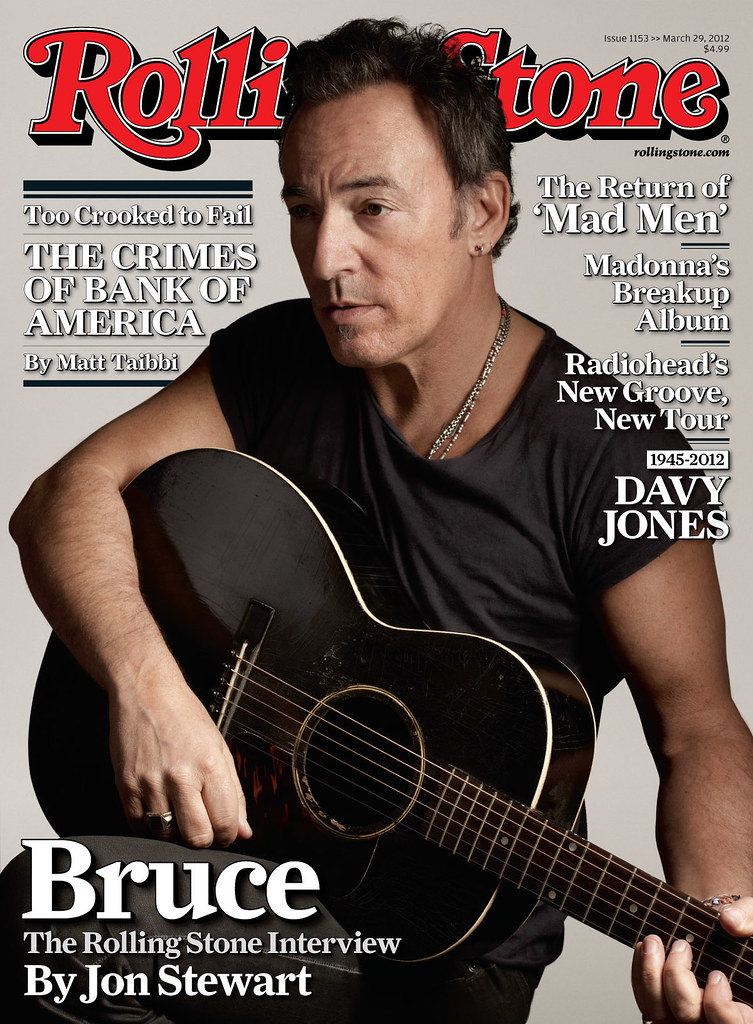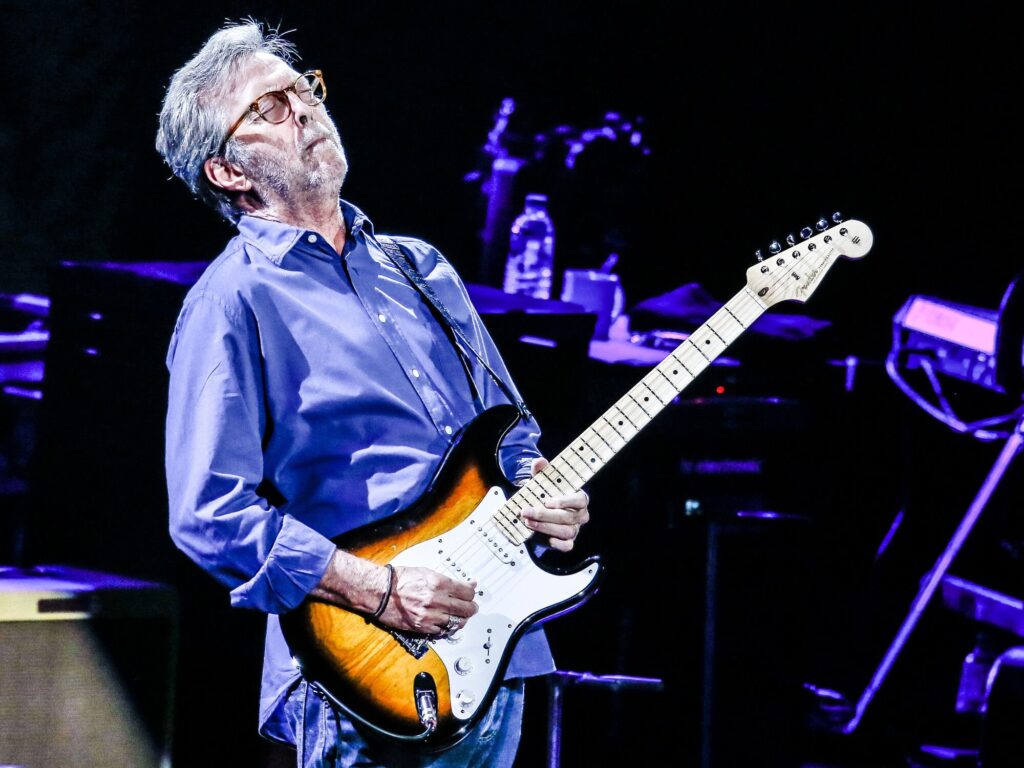
Picture this: a constellation of music’s biggest stars, gathered in one studio, harmonizing for a cause greater than themselves. It’s a heartwarming image, isn’t it? The sheer power of collective goodwill, amplified by legendary voices, promising to change the world. From the star-studded ensemble of USA for Africa singing ‘We Are The World’ to the impactful Band Aid delivering ‘Do They Know It’s Christmas?’, these charity anthems have become etched into our cultural consciousness, raising millions and shining a spotlight on critical global issues like famine and AIDS. Yet, beneath the surface of unity and shared purpose, there often lies a fascinating tapestry of behind-the-scenes stories, proving that even the most noble endeavors can have their share of drama, surprising snubs, and principled stands.
While we celebrate the artists who answered the call, the stories of those who, for various compelling reasons, didn’t make it to the microphone are equally, if not more, intriguing. The pressures of fame, creative differences, image concerns, or even profound ethical dilemmas have all played a part in shaping who stood shoulder-to-shoulder on these historic tracks and who, ultimately, did not. So, grab your headphones and settle in, because we’re about to pull back the curtain on some truly eye-opening moments, exploring the fascinating narratives of the artists who, in their own unique ways, found themselves on the periphery of these global charity sensations. It’s a wild ride through pop culture history, full of unexpected twists and turns!
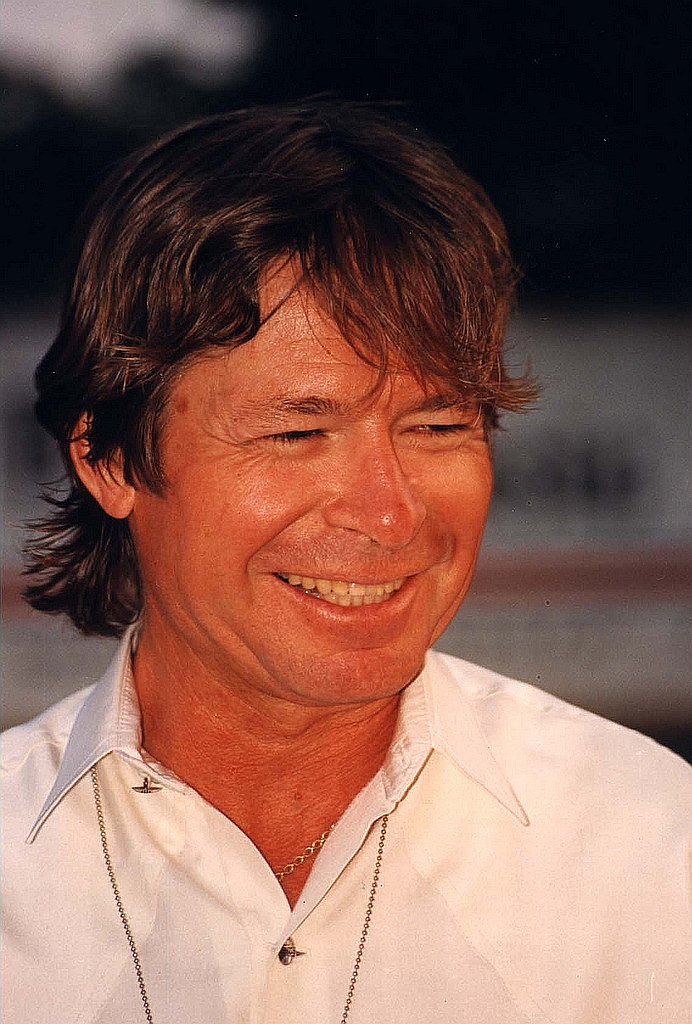
1. **John Denver: The Heartbreaking Snub from ‘We Are The World’**When you think of artists dedicated to humanitarian causes, John Denver’s name should immediately spring to mind. He was, after all, one of the highest-selling artists of the 1970s, crafting hit country songs that resonated with millions, and his extensive record of political activism and humanitarian work was truly impressive. From environmental issues to AIDS research, supporting the homeless, and fighting world hunger, Denver was a vocal advocate, even serving on the National Space Society’s board of governors. His commitment to making a positive impact on the world was undeniable, making him an ideal candidate for any major charity initiative.
So, it might come as a shock to discover that Denver was actually rejected from contributing to the hit charity single “We Are The World.” This benefit anthem, aimed at raising money to help fight hunger and AIDS in Africa, seemed like a natural fit for an artist with such a deep-seated passion for those very causes. Many artists were eager to participate in the project, including Denver himself, who had a well-established history of raising money for both world hunger and AIDS research long before the single even came into being. He actively asked if he could sing on the track, demonstrating his genuine desire to contribute.
However, despite his fervent eagerness and remarkable track record, Denver was ultimately turned down. Producer Ken Kragen, who had the challenging task of assembling the all-star lineup, recalled Denver’s rejection as “the hardest one [to turn down.]” The reason given for this surprising omission was rooted in image concerns, with Kragen remembering that “Several people felt his image would hurt the credibility of the recording as a pop/rock anthem. I didn’t agree.” This suggests a debate behind the scenes about what kind of artist image would best serve the song’s commercial and artistic goals, ultimately sidelining a beloved and genuinely committed musician.
Such a dismissal deeply impacted Denver, who had poured his heart and soul into humanitarian efforts for years. He candidly shared his feelings in his 1995 autobiography, “Take Me Home,” revealing the profound disappointment he felt by stating, “It broke my heart not to be included.” For an artist who dedicated so much of his career to advocacy and charity, being excluded from one of the most significant charity singles of all time, especially one that aligned so perfectly with his passions, must have been a truly painful experience, leaving a lasting mark on his legacy.
The irony here is striking: an artist renowned for his genuine commitment to global betterment was deemed unsuitable for a project designed to do just that, based on perceptions of his musical image. This incident underscores the complex dynamics at play in mega-charity projects, where artistic genre and commercial appeal can sometimes overshadow an individual’s genuine philanthropic spirit and proven dedication. It makes you wonder how many other deserving voices might have been overlooked for similar, perhaps less-than-obvious, reasons in the pursuit of a specific sound or market image.

2. **Ed Sheeran: Respectfully Declining the Band Aid 40 Remix**Fast forward four decades, and the world of charity singles continues to evolve, as does artists’ perspectives on them. Ed Sheeran, a global superstar of our time, found himself at the center of a contemporary debate surrounding the 40th-anniversary release of Band Aid’s iconic “Do They Know It’s Christmas?” This new version, produced by Trevor Horn, is an “ultimate mix” that blends vocals from the 1984, 2004, and 2014 recordings. This means listeners would hear a “young Sting sing alongside a young Ed Sheeran. A young Boy George with a young Sam Smith. A young George Michael beside a young Harry Styles.” It was designed as a nostalgic and powerful nod to the song’s enduring legacy.
Sheeran had indeed been a part of the 2014 Band Aid 30 recording, joining a roster of stars including One Direction, Sam Smith, and Rita Ora. His participation at that time was undoubtedly a massive boost for the initiative, lending his then-burgeoning global appeal to the cause. However, a decade on, his perspective has significantly shifted, leading him to distance himself from the new 2024 iteration. The problem? His vocals, recorded years prior, were incorporated into this fresh mix without his explicit consent for the new release, sparking a nuanced discussion about artistic control and evolving social awareness.
Taking to his Instagram story, Ed Sheeran publicly clarified his position, stating that had his approval been sought on this new Band Aid 40 release, he “would have respectfully declined the use of my vocals.” His reasoning stemmed from a profound shift in his “understanding of the narrative associated with this,” which he now believes perpetuates negative stereotypes of Africa. This sentiment aligns with a growing chorus of critics who argue that such initiatives, despite their good intentions, often inadvertently sustain damaging perceptions of the continent.
Sheeran’s changed stance was eloquently influenced by British rapper Fuse ODG, who, a decade earlier, had also refused to participate in Band Aid 30 for similar reasons. Fuse ODG powerfully articulated that while these initiatives might “generate sympathy and donations,” they “perpetuate damaging stereotypes that stifle Africa’s economic growth, tourism, and investment, ultimately costing the continent trillions and destroying its dignity, pride and identity.” He argued that “by showcasing dehumanizing imagery, these initiatives fuel pity rather than partnership, discouraging meaningful engagement.” Sheeran echoed these concerns, signaling a move towards a more conscious approach to global aid.
This isn’t the first time Sheeran has faced scrutiny over his involvement in charity work. In 2017, he was criticized for reinforcing “white savior stereotypes” with “poverty tourism” videos created for charities like Comic Relief and the Disasters Emergencies Committee (DEC). These videos, which showed him breaking down in tears and offering to pay hotel costs for street children, alongside others featuring graphic images, drew considerable backlash for being “devoid of dignity.” While Sheeran didn’t publicly respond then, his current stance, reflecting a decade of reflection and broader cultural discussions, suggests a significant step towards a more conscious and considerate approach to global aid initiatives, prioritizing dignity and partnership over traditional charity narratives.
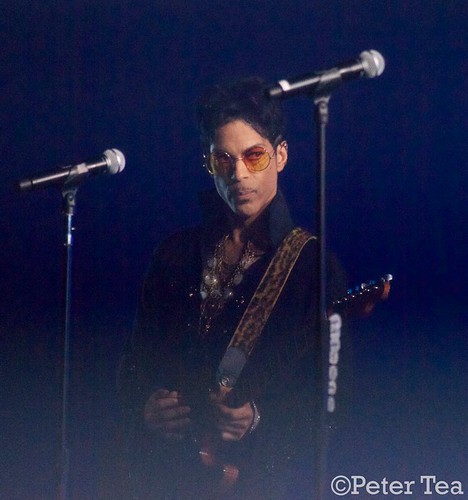
3. **Prince: The Legendary No-Show at the ‘We Are The World’ Session**Imagine an invitation to the most exclusive and star-studded recording session in music history – one where egos were literally asked to be checked at the door. That was the scene on January 28, 1985, at A&M Recording Studios in Los Angeles for USA for Africa’s “We Are The World.” Almost every major musical star in America, minus a few notable exceptions, converged to create what would become America’s greatest moment of musical magnanimity. Yet, amid this historic gathering, one colossal name was conspicuous by his absence: Prince, a titan of pop who was at the peak of his powers.
Despite the galaxy of stars present, Prince famously shunned the session. His allotted solo line was ultimately taken by Huey Lewis. While Prince did send Sheila E as his representative, he spent the night partying on Sunset Boulevard instead of joining his peers in the studio. This non-participation immediately became a legendary piece of pop culture lore, fueling speculation and intrigue about why one of the era’s most innovative and successful artists would miss such a monumental event.
Revolution guitarist Wendy Melvoin offered a candid, albeit somewhat colorful, explanation in Alan Light’s book *Let’s Go Crazy*, claiming Prince didn’t show “because he thinks he’s a badass and he wanted to look cool, and he felt like the song for ‘We Are The World’ was horrible and he didn’t want to be around ‘all those muthaf***as.’” While blunt, this explanation hints at Prince’s fiercely independent spirit and his often-unconventional artistic sensibilities, which may have clashed with the collaborative, mainstream nature of the charity single.
Producer Quincy Jones had even envisioned a truly iconic moment, planning to have “the two rivals, Michael and Prince, at the same microphone.” However, that didn’t happen. Ken Kragen, the project’s manager, shed further light on Prince’s reluctance, explaining that “One of the reasons Prince didn’t come was he’s used to going into a recording studio and playing all the parts. Not just him and another star, him and nobody else.” The idea of walking into a room full of superstars, many of whom were indeed intimidated themselves, might have been overwhelming or simply unappealing to an artist accustomed to total creative control and solitude in the studio.
Adding a layer of unintended drama to his non-attendance, Prince went to a nightclub, and when he emerged, his bodyguards reportedly beat up some paparazzi. This incident garnered a box in the *LA Times* article about the “We Are The World” session, causing Prince to be “really embarrassed.” He later penned the B-side “Hello,” claiming paparazzi intrusion had prevented him from attending. Interestingly, when the decision was made to release an album alongside the single, Prince did submit a song right away, suggesting that while he avoided the group recording, he was not entirely averse to contributing to the broader charitable effort, perhaps on his own terms.
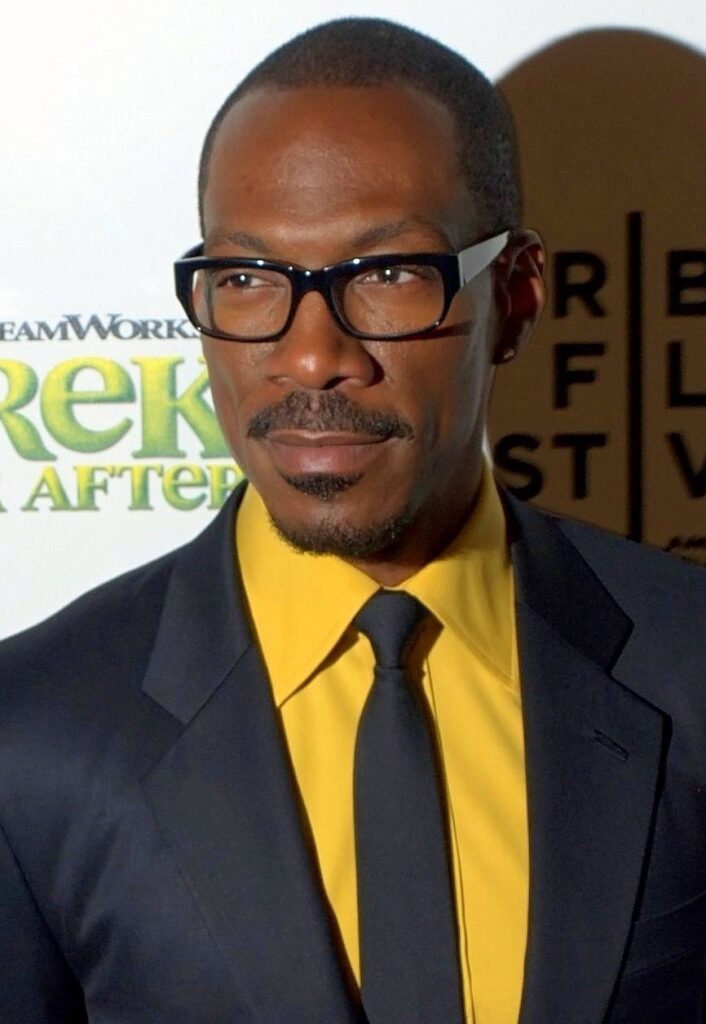
4. **Eddie Murphy: The Managerial ‘No’ for ‘We Are The World’**The monumental task of assembling the USA for Africa supergroup for “We Are The World” was nothing short of a Herculean effort. Ken Kragen, tasked with recruiting the biggest names in music, adopted a systematic approach, literally taking the *Billboard* charts and refusing to sleep until he had confirmed at least two artists each night. He meticulously worked his way down the charts, ensuring that a significant portion of the top 10 artists were on board. With Michael Jackson as the number one artist already secured, and other heavyweights like Lionel Richie and Kenny Rogers committed, the floodgates eventually opened.
However, even with such an organized and relentless recruitment drive, not every attempt resulted in a confirmed participation. While most artists eagerly jumped at the chance to be part of such a historic endeavor, some potential collaborators, for reasons not always fully disclosed, simply didn’t make the cut. Kragen, looking back on the whirlwind month of January 1985, explicitly recalled that he “mostly had to turn people down” once Bruce Springsteen joined, but also mentioned a key figure who was approached but did not join the ranks.
Among the artists who were invited but ultimately did not participate was the celebrated comedian and actor, Eddie Murphy. Kragen vividly remembers that “Eddie Murphy’s manager rejecting the request” for his involvement in “We Are The World.” The context doesn’t elaborate on the specific reasons behind this refusal, leaving us to wonder about the considerations that led to the decision. It could have been scheduling conflicts, image concerns, or perhaps a different artistic vision, but the outcome was clear: one of the era’s biggest entertainers would not lend his voice to the chorus.
This managerial rejection stands in contrast to the fervent enthusiasm displayed by so many other superstars who rearranged their schedules and put their egos aside for the cause. The sheer magnitude of the project, which brought together legends like Stevie Wonder, Tina Turner, Billy Joel, and Bob Dylan, made any non-participation particularly noteworthy. For Eddie Murphy, a pop culture icon in his own right, his absence from this historic collaboration remains a subtle but intriguing detail in the rich tapestry of the “We Are The World” saga.
The fact that Ken Kragen specifically remembered this particular rejection speaks volumes about the challenge and complexity of bringing such an ambitious project to fruition. Each ‘no,’ whether from the artist directly or their representation, was a hurdle to navigate, shaping the final, iconic lineup that would eventually sell over 20 million copies and raise millions for aid. It serves as a reminder that behind the seamless unity seen on screen, a delicate and often intricate dance of negotiations and decisions was constantly at play, influencing who would ultimately become a part of pop history.” , “_words_section1”: “1997
Alright, buckle up, music history buffs, because our deep dive into the fascinating world of charity single snubs and surprises is far from over! While the first half of our journey revealed some truly jaw-dropping stories of non-participation in ‘We Are The World’ and ‘Do They Know It’s Christmas?’ – from image concerns sidelining a humanitarian hero to an artist respectfully declining for ethical reasons – there’s even more to uncover. The pressures, personalities, and pure pop politics behind these monumental recordings are simply captivating, proving that even the most unified efforts have their compelling individual narratives.
It turns out that even with the best intentions and the biggest hearts, getting everyone on the same page (or in the same studio!) was a monumental challenge. The logistical hurdles were immense, but the artistic and personal considerations were just as complex, creating a rich tapestry of decisions and dilemmas. So, let’s peel back another layer and shine a spotlight on four more iconic figures who, for various compelling reasons, found themselves outside the inner circle, or at least operating on its fringes, of these history-making musical collaborations. Get ready for more unexpected twists and turns in the saga of solidarity, where every choice, big or small, added to the legend!

5. **Madonna: The Unexplained Absence from ‘We Are The World’**Now, here’s a head-scratcher that has mystified pop culture enthusiasts for decades: Madonna’s absence from the legendary “We Are The World” recording session. In 1985, Madonna was undeniably one of the biggest forces in music, a bona fide superstar whose groundbreaking style and infectious pop anthems were dominating the charts and shaping the cultural landscape. Her inclusion in a supergroup designed to unite music’s elite for a global cause would have seemed not just logical, but almost essential, adding a vibrant, cutting-edge energy to the collective.
The mystery surrounding her non-participation is amplified by the fact that, unlike some other artists whose reasons were eventually divulged, Madonna’s excuse remains largely unknown. Ken Kragen, the project’s manager, who meticulously orchestrated the gathering of nearly 50 superstars, explicitly recalled her absence but admitted he “can’t recall Madonna’s excuse.” This lack of a clear explanation only fuels the intrigue, making her non-appearance a notable footnote in the annals of pop music history and a topic of ongoing speculation among fans and industry insiders alike, constantly sparking questions about “what if?”.
At the time, Madonna was known for her fiercely independent spirit and a keen awareness of her own artistic vision and brand. While some speculate that scheduling conflicts might have played a role – given her demanding tour and recording schedule during that explosive period of her career – others wonder if her distinctive artistic identity simply didn’t align with the more traditional, harmonious vibe of “We Are The World.” It’s plausible that an artist so committed to pushing boundaries might have found the collaborative, mainstream nature of a charity anthem a less-than-ideal fit for her rebellious persona, perhaps feeling it might dilute her carefully crafted image.
Her absence is particularly striking when considering the sheer number of other massive stars who made it work, often rearranging entire schedules to be there, demonstrating a profound commitment. This suggests that whatever the reason, it was significant enough to keep one of the decade’s defining artists from contributing her voice to what became an iconic symbol of musical unity. For a song meant to bring the world together, Madonna’s missing presence remains one of its most fascinating, unanswered questions, adding another layer to the complex narrative of who participated and who, for whatever reason, did not. Her untold story serves as a reminder that even in moments of collective goodwill, individual choices, or their absence, can leave an indelible mark.
6. **Joan Baez: The Unbooked Folk Legend for ‘We Are The World’**When Ken Kragen looked back on the “We Are The World” project, he openly named John Denver and Joan Baez as the only two artists he “didn’t book but wished he had.” While Denver’s rejection was due to image concerns, Baez’s omission seems to have been more about the whirlwind pace of recruitment and perhaps an oversight in prioritizing her unique brand of activism and musical legacy. For anyone familiar with her storied career, Baez’s absence feels particularly poignant, given her lifelong commitment to social justice and humanitarian causes, a commitment that predated many of her pop peers.
Joan Baez is, after all, an undisputed icon of folk music and a tireless advocate for human rights, deeply entrenched in the protest movements of the 1960s and beyond. Her voice became synonymous with speaking truth to power and championing the marginalized, from civil rights marches to anti-war rallies. She consistently used her platform to promote peace, fight for civil rights, and support global humanitarian efforts, making her a perfect ideological and historical fit for an initiative like USA for Africa. Her powerful, clear vocals and profound lyrical interpretations would have added an incredible depth and authenticity to the anthem, resonating with a long tradition of protest music.
Jeff Bridges, reflecting on the genesis of “We Are The World” and Live Aid, beautifully articulated the enduring impact of artists like Baez and Bob Dylan. He told Kragen, “I feel like the seeds that were planted by Bob Dylan and Joan Baez and others in the Sixties and lay fallow in the ‘Me’ generation of the Seventies have now, in the Eighties, broken through the ground, blossomed, and are bearing fruit.” This observation perfectly underscores the foundational role Baez played in fostering the very spirit of humanitarian action that “We Are The World” aimed to embody, highlighting a direct lineage of social conscience.
The fact that Kragen explicitly wished he had included her speaks volumes about her perceived value and fitting alignment with the project’s goals. It highlights how, even in the most well-intentioned and organized efforts, some deserving voices can inadvertently be overlooked or simply not fit into the rapidly evolving mosaic of a supergroup, especially when decisions are made at a furious pace. Her story isn’t one of outright refusal, but rather a missed opportunity to include a pivotal figure whose presence would have resonated deeply with the song’s profound message, cementing her as an unsung hero of the global charity music movement and a powerful, authentic voice for change.
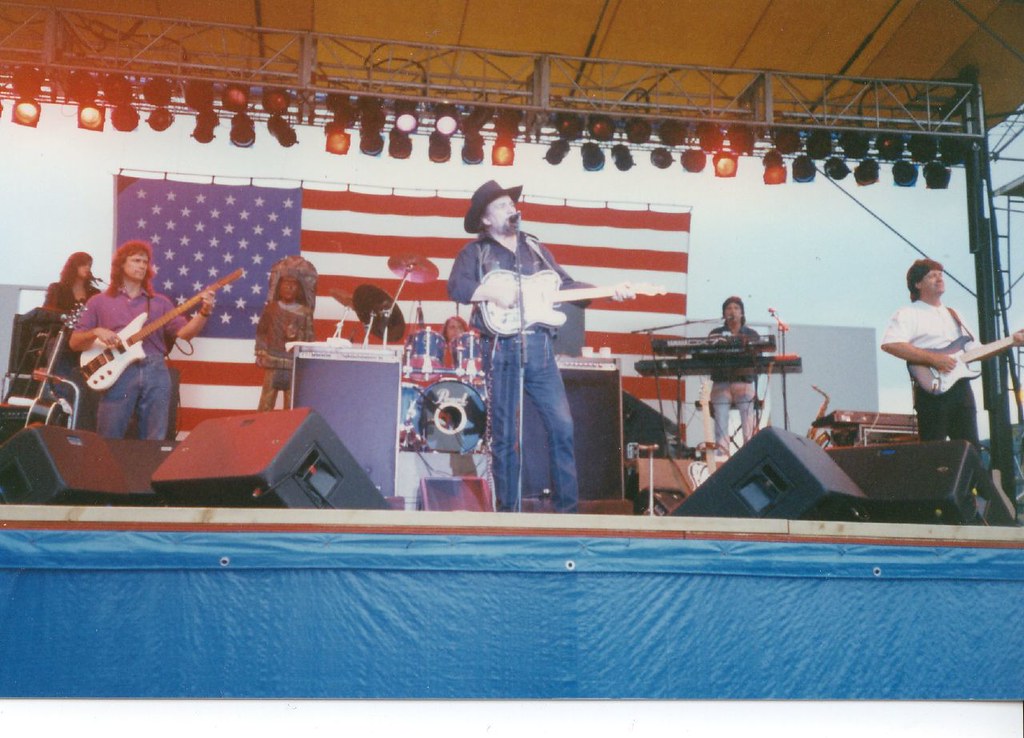
7. **Waylon Jennings: The “Good Old Boy” Who Walked Out on ‘We Are The World’**Now, for a bit of classic country defiance that added a unique, unforgettable flavor to the “We Are The World” saga! While most artists managed to keep their egos (mostly) in check and stay for the entire marathon recording session, one legend decided enough was enough. Waylon Jennings, the iconic outlaw country singer, famously stormed out of the studio in the early hours of the morning, taking a principled (or perhaps simply exhausted) stand against a particular creative decision. It was a moment that added a dash of real-life drama and a distinctly no-nonsense attitude to an already legendary night.
The controversy arose during an intense debate over a lyric. Producer Quincy Jones and the team had initially included a seemingly innocuous nonsense lyric, “sha-lum sha-lingay,” at the end of the chorus. However, Bob Geldof, ever the outspoken and passionate advocate, argued that it sounded too much like an African language and could be misconstrued as mocking the very people the song aimed to help. To find a more appropriate alternative, Stevie Wonder ingeniously called a Nigerian friend for a culturally relevant Swahili phrase, suggesting “willi moing-gu.” This new phrase, however, did not sit well with some of the more seasoned artists, leading to a heated and memorable exchange.
Ray Charles, never one to mince words, reportedly exclaimed with his characteristic frankness, “Willi what! Willi moing-gu, my ass! It’s three o’clock in the goddamn mornin’ – I can’t even sing in English no more.” And in that same spirited spirit of rebellion and practical exasperation, Waylon Jennings made his decisive exit. He declared, quite definitively and with a nod to his country roots, that “no good old boy sings in Swahili” and promptly left the sessions. For an artist known for his independent streak, his raw authenticity, and his strong sense of identity, singing in a language he didn’t understand, especially after a grueling all-night session, was clearly a bridge too far, a step away from his artistic truth.
His departure, fueled by a combination of artistic integrity, cultural perspective, and likely sheer exhaustion after hours in the studio, is a fascinating glimpse into the human element of these super-collaborations. It underscores that even when the cause is noble, individual convictions and the dynamics of a room full of strong personalities can sometimes lead to an impassioned (and very public) disagreement. While the group eventually settled on the compromise lyric “one world, our children,” Jennings’s walkout remains a vivid anecdote, illustrating the limits of artistic compromise and reminding us that even superstars have their boundaries when it comes to creative control, especially at 3 AM!
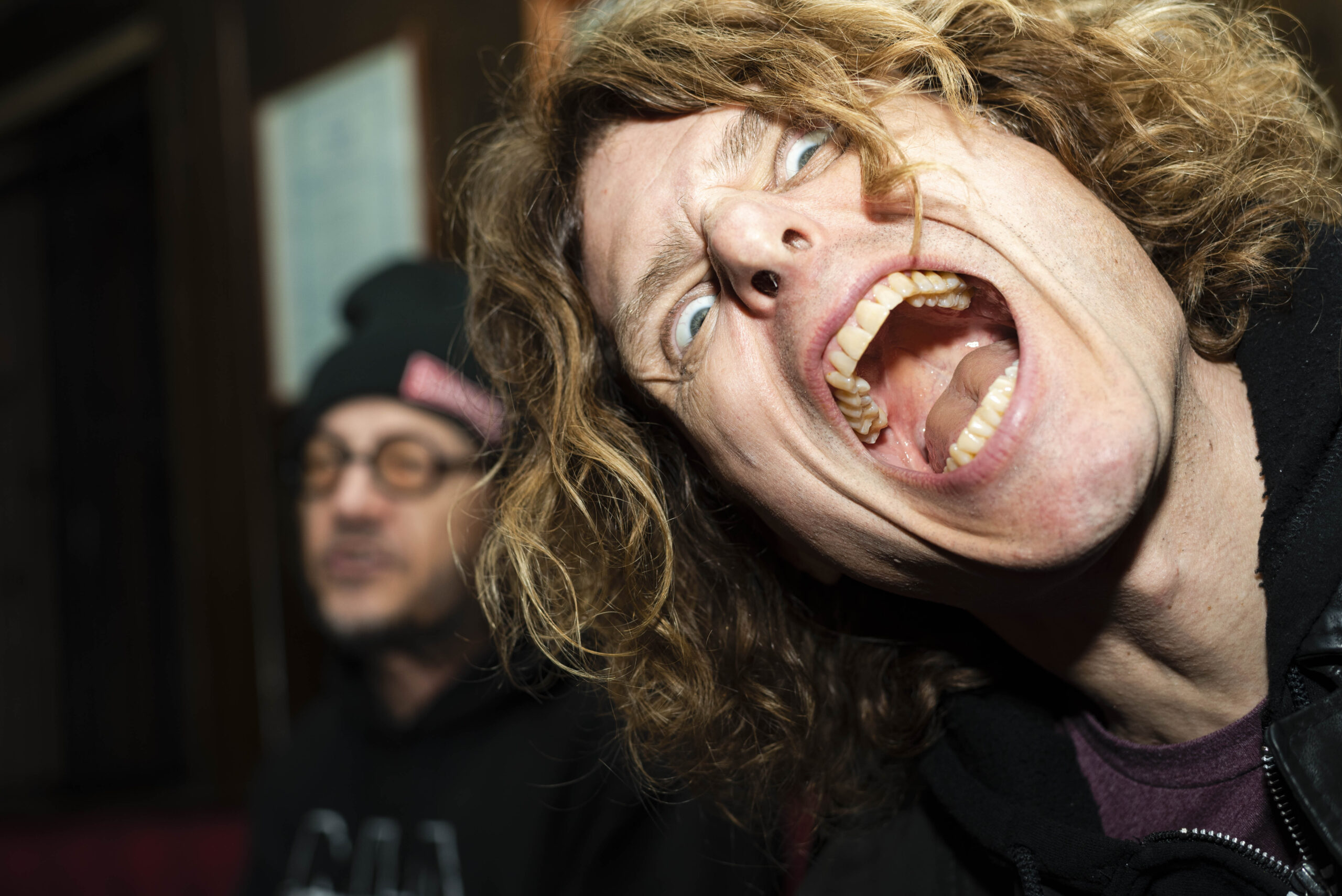
8. **Bob Dylan: The Blank Stare and the Soaring Talent at ‘We Are The World’**Our final stop on this tour of notable non-collaborations (or at least, *challenging* collaborations) brings us to the enigmatic Bob Dylan, whose participation in “We Are The World” was, let’s just say, uniquely Bob Dylan. While he did ultimately lend his distinctive voice to the anthem, his behavior during the session, particularly an interaction with fellow artist Al Jarreau, perfectly encapsulated his famously withdrawn and often perplexing public persona, hinting at a certain refusal to engage on a personal level amidst the expected camaraderie. It was a moment that spoke volumes without a single word from Dylan himself.
The studio was a buzzing hub of celebrity bonding, a rare melting pot where legends mingled, laughed, and even shared anecdotes. Artists like Diana Ross were seen jumping into Dylan’s lap, and Willie Nelson was able to engage him in conversation about golf. However, not everyone received the same warm reception or easy interaction. Jazz-pop singer Al Jarreau, an admirer and contemporary, approached Dylan with heartfelt reverence, expressing his profound respect: “Bobby, in my own stupid way I just want to tell you I love you.” In a moment that Jarreau would likely never forget (or perhaps wish he could), Dylan simply “blanked him entirely and walked away,” leaving Jarreau “sobbing” over the unexpected snub from his idol.
This incident, though not a refusal to sing on the track itself, reveals a profound resistance to the expected social dynamics of such a star-studded event. Dylan, known for his reclusive nature and palpable discomfort with public adulation and forced social interactions, seemed almost overwhelmed by the sheer concentration of star power and the requirement for convivial interaction. It wasn’t a flat-out refusal to contribute artistically to the song, but rather a poignant example of his deeply ingrained refusal to conform to the unwritten rules of celebrity mingling and emotional openness that often accompany such charity gatherings, preferring instead to remain in his own world.
Indeed, Dylan was so nervous and out of his element when it came time to record his solo piece that he “sounded nothing like Bob Dylan,” struggling to deliver his lines with his usual gravitas. It took the incredible empathy and genius of Lionel Richie, Quincy Jones, and Stevie Wonder, sitting at the piano and perfectly mimicking his unique style, to help him find his voice and ultimately “nail it.” This profound vulnerability, coupled with his earlier social detachment, paints a complex picture of an artist caught between his desire to contribute to a noble cause and his inherent discomfort with the intense spotlight and social expectations. His “blanking” of Jarreau became a microcosm of his larger struggle with the performative aspects of fame, even for charity, reminding us that even the most legendary figures have their human frailties.
So there you have it, folks – an unfiltered look behind the scenes of some of music’s most iconic charity anthems, revealing that even when stars align for the greater good, the human element, with all its quirks, convictions, and unexpected turns, always finds a way to make history a little more interesting. From principled stands against perceived stereotypes to unbooked legends and legendary walkouts, these stories remind us that every note, every voice, and every absence contributes to the rich, complex symphony of pop culture. It’s a powerful testament to the fact that even in moments of profound unity, individual personalities and artistic integrity continue to shape the narrative, adding layers of fascinating depth to our shared musical heritage. Who knew doing good could be so dramatically fascinating?

